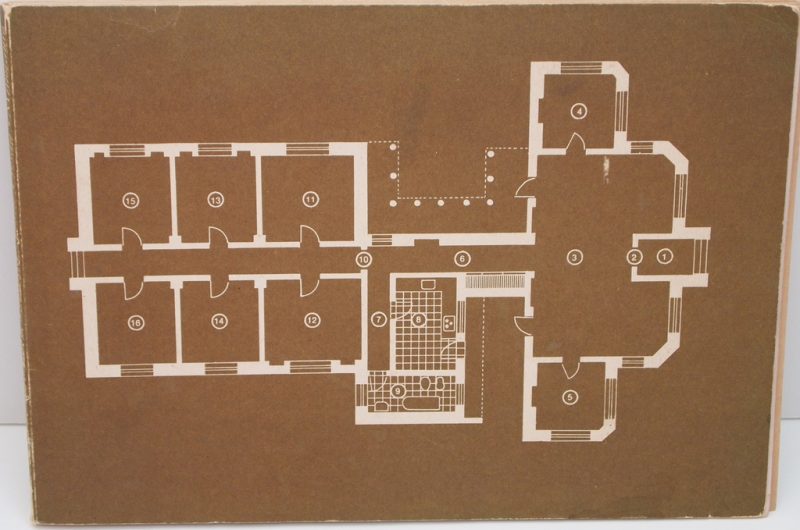I want to expand on my previous entry about the illustration of the house from “House Taken Over”. This blueprint allows me to label the house as another character of this story, because I am able to give traits to it. It’s big and empty and hallow and silent; It’s very passive aggressive. It works in tandem with the incomprehensible noises to ultimately push the brother and sister out of their own home.
Section by section, the two main characters seal off different parts of the home. If the house was a person, it would make sense that people would gradually distance themselves from someone who is passive aggressive. The house is indirectly hostile towards its dwellers. By working with the silent noises, the house prohibits the main characters from living out their comfortable, daily lives. By creating this pattern of resistance and restriction, it hinders the dwellers from performing normal behavior.
I think the reason that the dwellers ultimately get pushed out of their home, almost voluntarily, is because the house is a house– not a person. If it was an actual person, they could respond back– through resistance, confrontation, or even a civil discussion. But they cannot take this action against a house. That is why it brings me chills; simply turning this character into a house, the author eliminates any chance of rebellion from the dwellers.
This, then, makes me wonder why Julio Cortazar wrote this story with this character as an inanimate object. Is he trying to make some comment about how the Peronist regime oppresses its people in a way that they cannot even fight back? Through personifying the house, I wonder if the people of the Argentinian society even understood that they were being so sinisterly exploited, because if they thought of the government just as a house, they wouldn’t even realize they were being so oppressed, or know how to respond.
Because it’s just a house.

